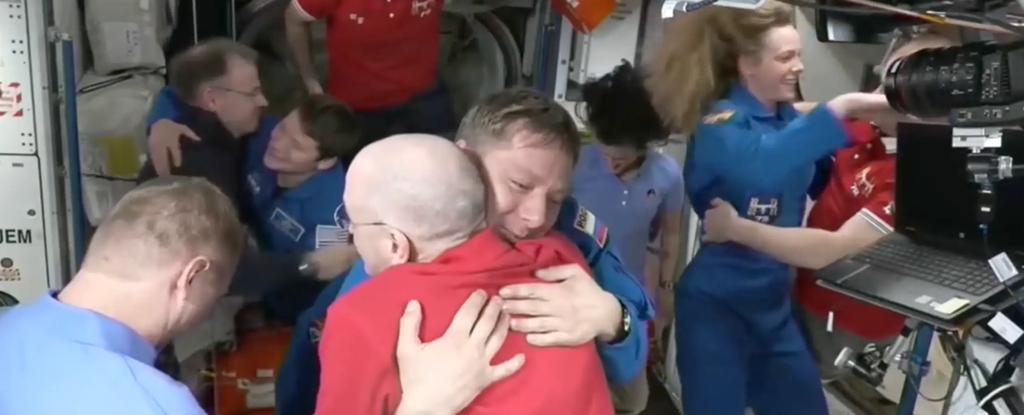Look deep enough into the darkness of space, you’ll find all sorts of shapes that capture the imagination. Keep staring, you will soon realize that our universe can be so much stranger and wondrous than anything the human mind can dream of.
A recent image released by the European Southern Observatory (ESO) captured just a glimpse of this at the cosmic level: a Dark Nebula 7 light-years across that looks like a titanic lighthouse watching over the cold black void of space. Maybe it’s a cyclopean giant looking for planets to devour. Or death itself haunting the sky, shrouded in shadow.
Far from destroying worlds, this darkness represents something far more fertile.
The new image comes from ESO’s Very Large Telescope to celebrate the observatory’s 60th anniversary. The eerie subject of the picture is the Cone NebulaPart of a larger complex called 2,500 light-years away NGC 2264 in the constellation Monoceros (the unicorn).
It may not look like most other nebulae They are used to seeing, shining brightly in a complex palette of colors. That’s because not all nebulae are created equal. Some reflect the light from nearby stars. Some ionized by the stars within them emit their own light.
And some, like the Cone Nebula, are dark, thick with dust that absorbs visible light. Only light with wavelengths invisible to the human eye, such as infrared and radio, can penetrate them.
Opaque nebulae of this type are known as molecular clouds. These include some of the most interesting nebulae you can find: places where baby stars are born. The dust is an efficient emitter of infrared light that removes thermal energy and cools the cloud. Without the external pressure generated by heat, gravity overwhelms the clumps of dust and gas, forcing them together.
It is these dense clumps that form the seeds of stars; As they spin, they pull even more mass out of the surrounding cloud, providing the growing protostar with the pressure needed to boost fusion at its core.
Above a certain mass, the star produces what astronomers call feedback. Jets of plasma, accelerated by the star’s magnetic field lines, erupt from its poles, and intense radiation pressure is generated by the star’s ultraviolet light. Both contribute to a stellar wind pushing material away from the baby star.
This gives the Cone Nebula its iconic shape. Baby stars, fiery blue and hot (though they appear gold in the new image), are at the stage in their lives where their feedback annihilates the dusty nebula. Similar processes have produced the famous pillars of creation Structures in the Eagle Nebula.
Because infrared light can penetrate these dense clouds, instruments that can see the Universe in infrared light – like the James Webb Space Telescope – are invaluable in revealing the details of the star-forming processes taking place within it.
But visible-light images, like those of the VLT, reveal details that disappear at other wavelengths. Only by studying the full spectrum can we gain a full understanding of everything at play in these enigmatic, intriguing structures.
You can download background size versions of the new image from the ESO website.





